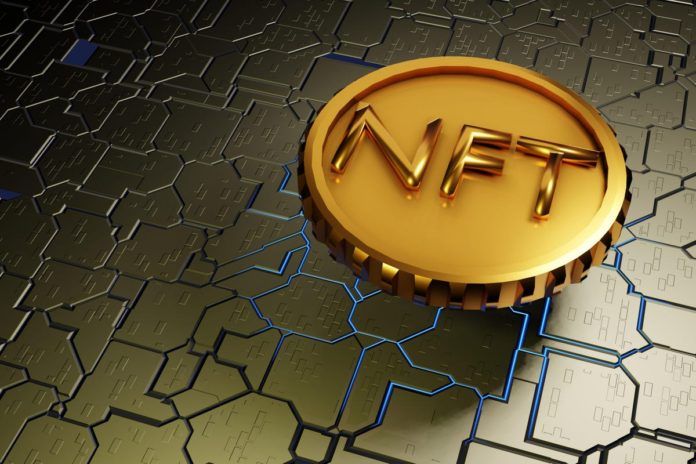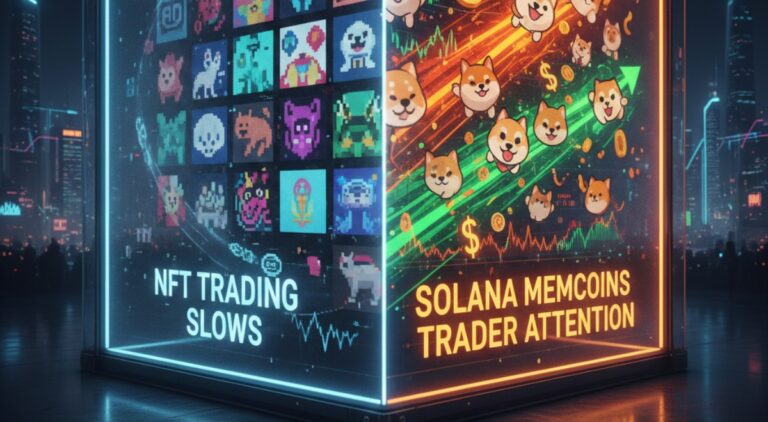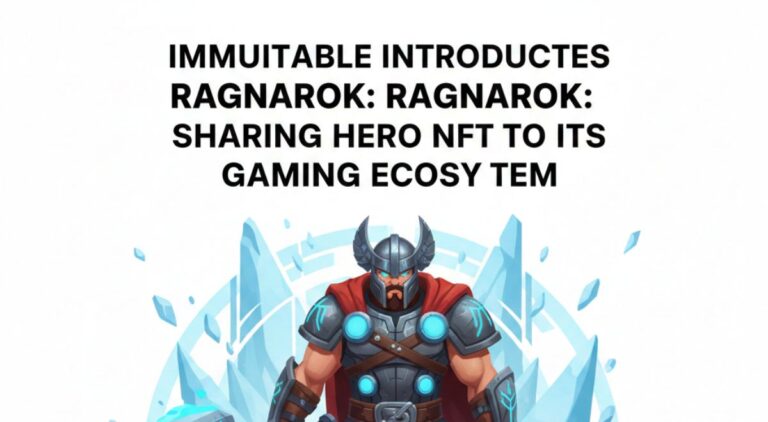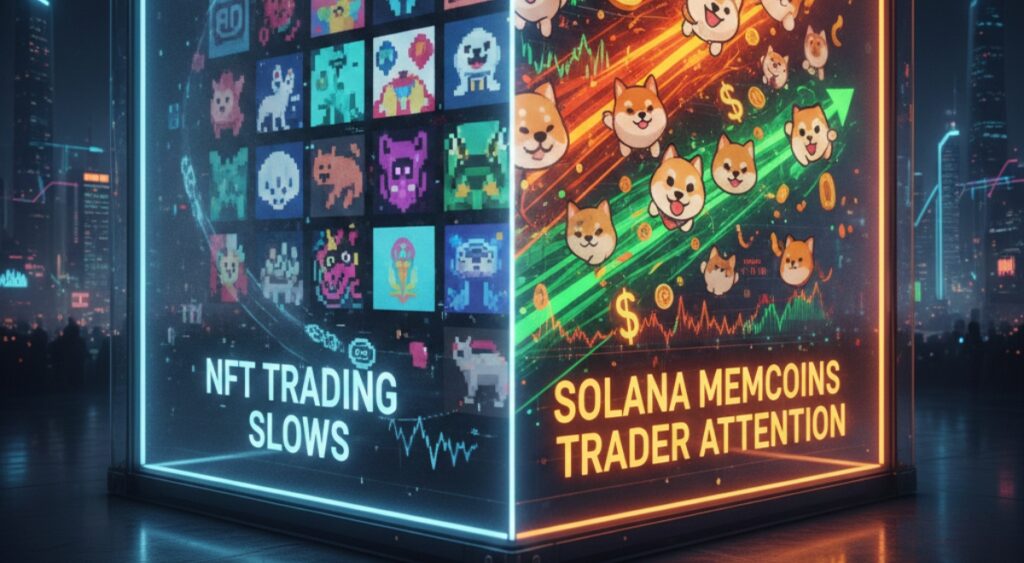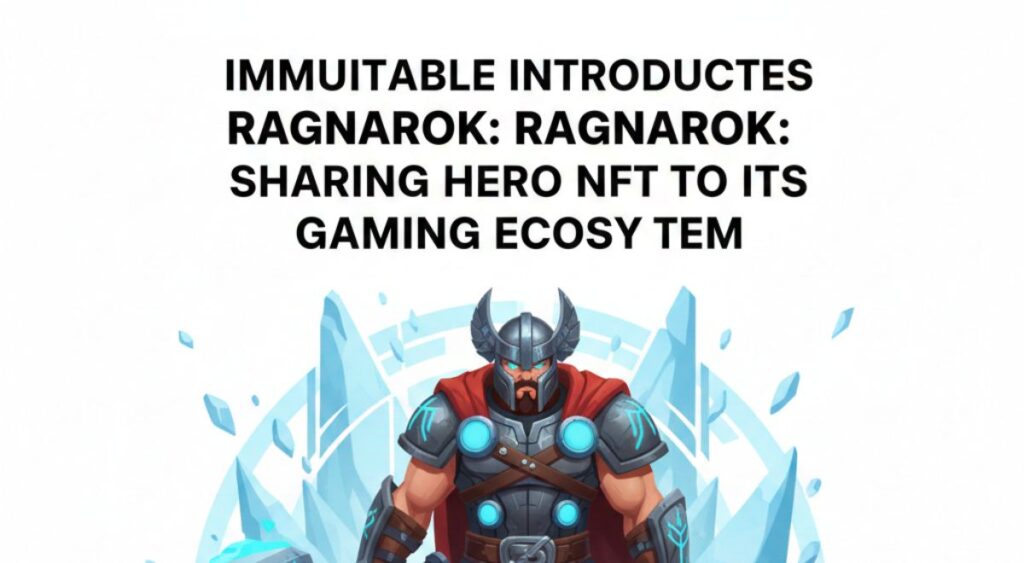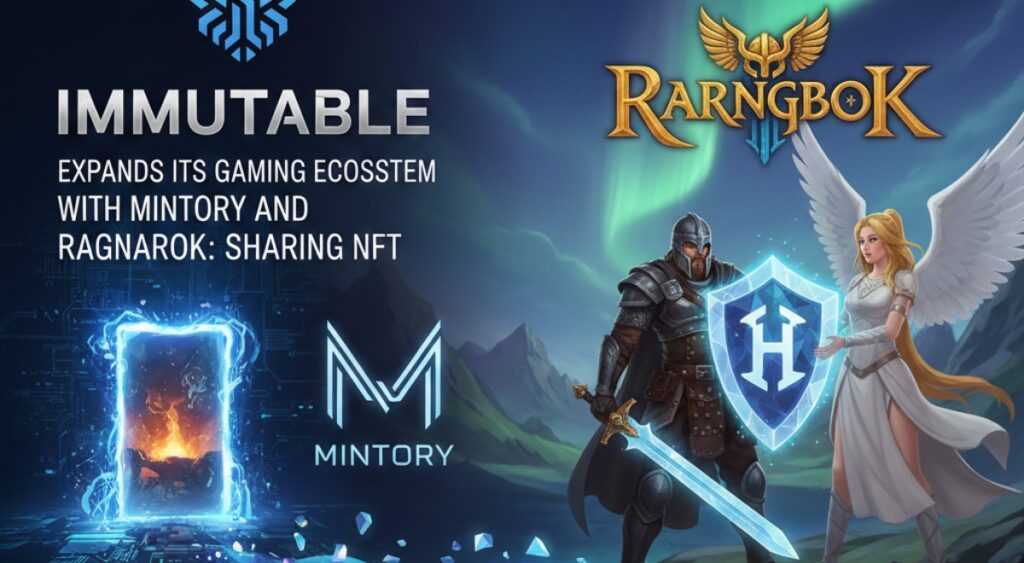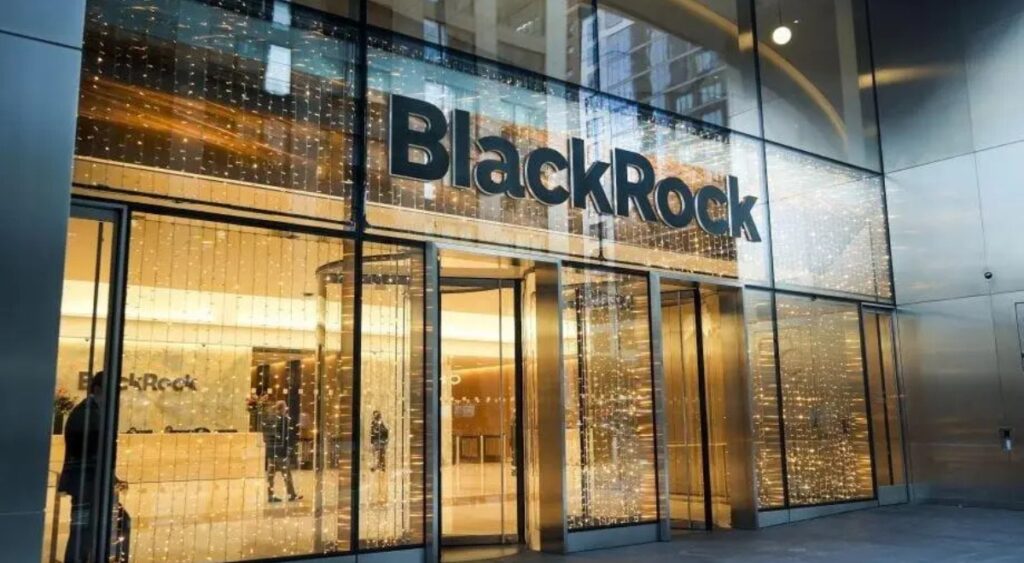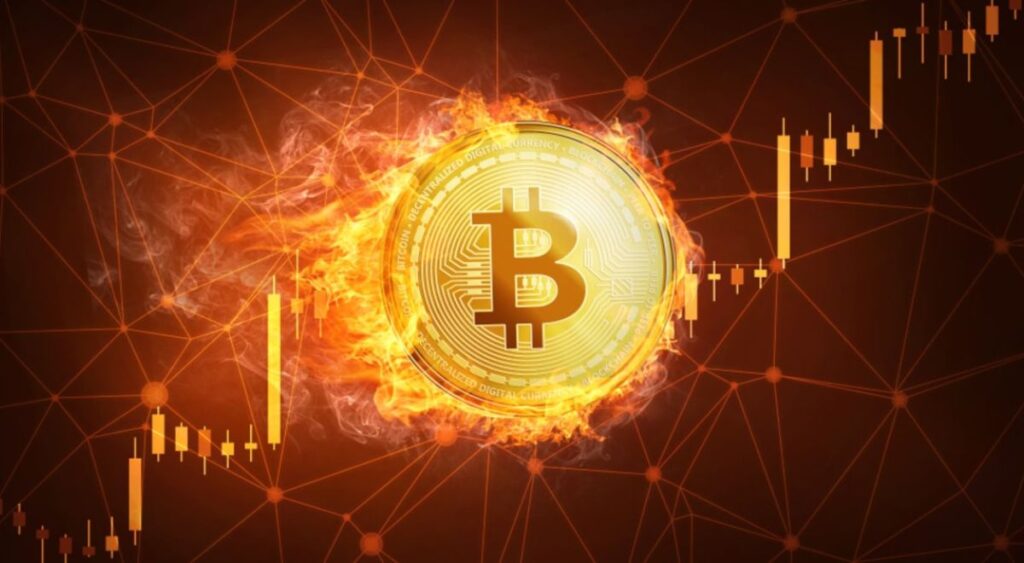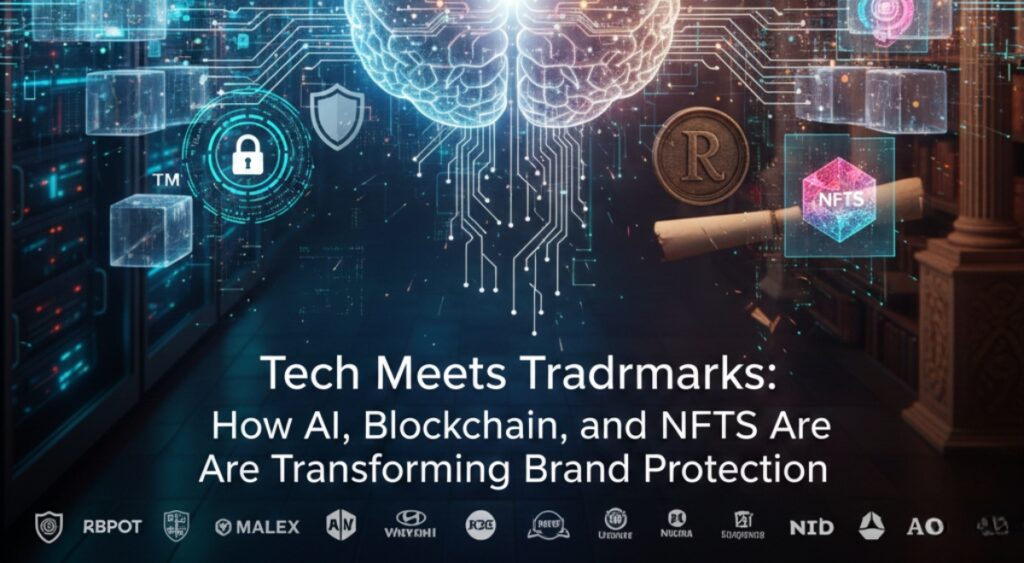If you are new to cryptocurrency or digital assets and trying to understand what terms like ‘NFT‘ and ‘Bitcoin’ mean, this article is right for you. Here, we demystify both, highlighting their differences and similarities. Keep reading to learn more.
What is an NFT?
NFT is an acronym for Non-fungible Token. Fungible means that an asset is of equal value to another asset that is the same as it. For instance, one can swap a dollar for another without a difference in worth. The same applies to exchanging a cryptocurrency token, such as 1 Bitcoin for another one. However, a non-fungible asset is different in value from similar assets. In other words, one NFT is not equal to another NFT.
Non-fungible tokens are virtual representations of real-world products. They can also be digital materials. Thus, pieces of art, images, in-game accessories, media files can be sold as NFTs.
In recent times, people have made record sales from non-fungible tokens. An example is Jack Dorsey’s first tweet which he tokenized and sold for over 2 million dollars. But while NFTs create exclusivity by having only one or a few versions of a product, you can often access these items via other means. For example, you can download a media file that has been tokenized for millions of dollars simply by looking it up on Google. You can also make screenshots without having to pay a dime for the product. However, buyers are usually after the actual ownership of an item. Therefore, the seller can have a built-in signature when a token is sold on the blockchain, indicating that the purchaser obtained an original version. This is what sets NFTs apart from other copies that may be available on the internet.
What is Bitcoin?
The popular ‘bitcoin’ is a virtual currency created in 2009. Its origin is traced to an anonymous group or individual bearing the name Satoshi Nakamoto. The idea of Bitcoin is to have a currency that traditional financial institutions like banks do not control. Under this system, transactions are decentralized and conducted on a peer-to-peer basis. And to prevent people from reusing the same token or spending money that they don’t own, transactions are validated through a public ledger known as the blockchain.
You can imagine the blockchain as multiple blocks, each containing records of transactions. These transactions, though encrypted, are visible to the public.
Bitcoin is circulated through a process known as mining. Individuals, called miners, compete for Bitcoin rewards by racing to solve cryptographic puzzles with high-powered computers. These puzzles are essential for adding new blocks to the existing ones.
How Bitcoin Differs from NFT
Bitcoin functions in pretty much the same way as fiat currency. You can use it to purchase items at physical and online stores where it is accepted. An NFT, on the other hand, is a product available for sale. In other words, they differ in the sense that one is a ware where the other is a means of acquiring value.
Yet, similarities exist between both. Like Bitcoin, NFTs are built to operate on the blockchain. They have the same underlying program as other cryptocurrencies.

